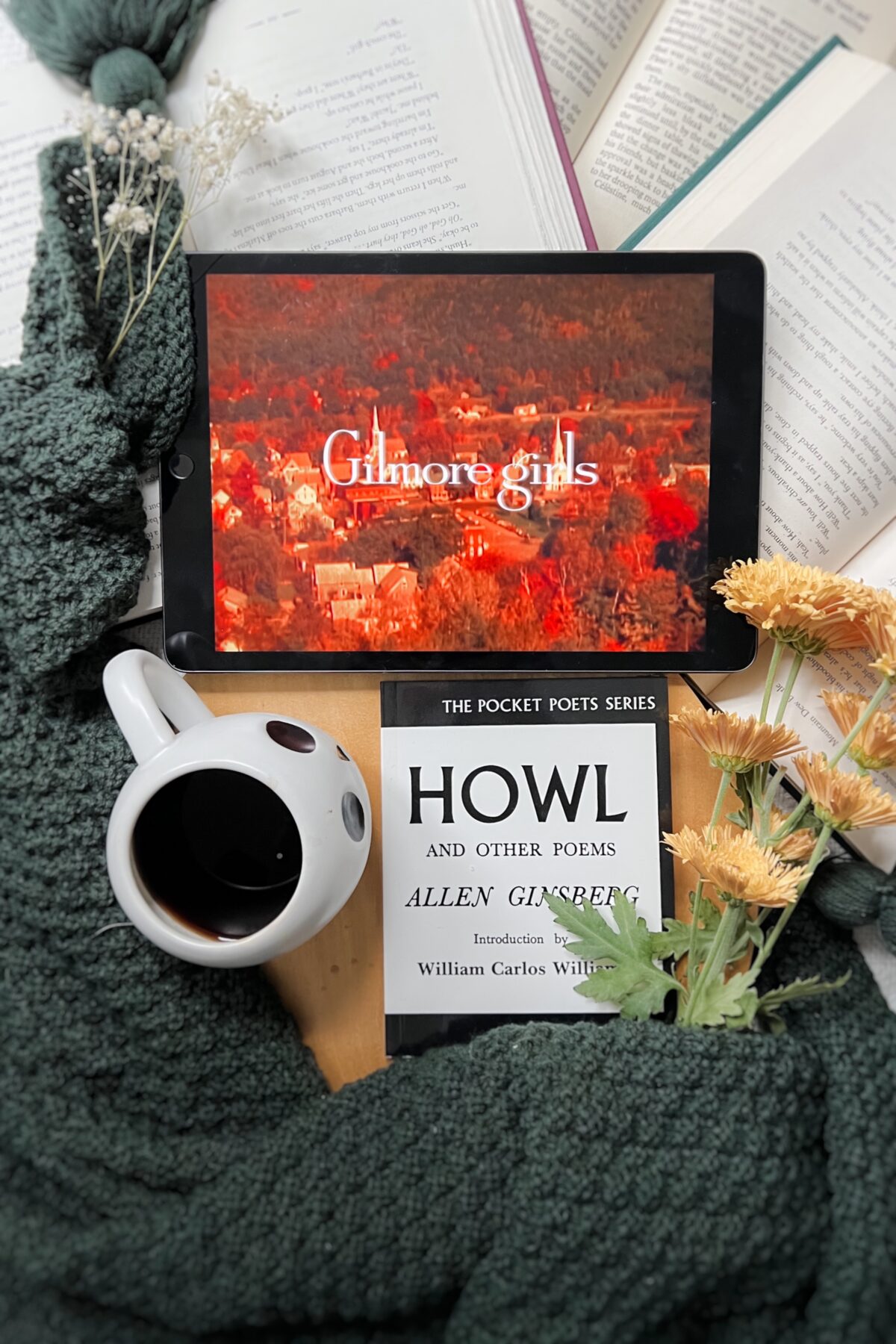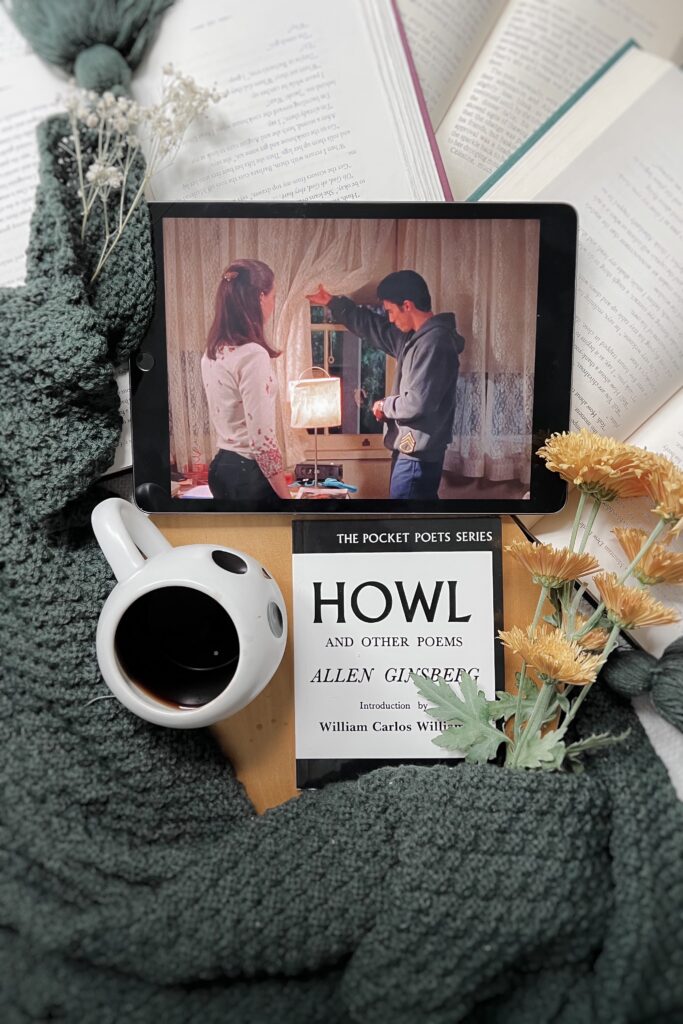
‘Howl’ Through Literature, Film, and ‘Gilmore Girls’
The year was 2010. As an undergrad lit student, my assignment was both unconventional and exciting: Read Allen Ginsberg’s ‘Howl’ and then watch its cinematic adaptation. As an avid Books-to-Film lover, I was excited to see how such a raw and visceral poem would transition to the silver screen.
Locating a theater that was showing the film adaptation of ‘Howl’ wasn’t the easiest, as it had very limited showings. But alas, there was one in the heart of the city and my brother was happy to accompany me. As someone always up for a philosophical conversation (and fun), it was an instant ‘yes’ from him.
This post could contain affiliate links, which means I would receive a small commission at no cost to you should you shop using the links.
As we sat in the old theatre, I found myself wondering about the medium we were consuming. In this digital age, did theaters still use film reels? My musings were cut short as the film began.
However, around 20 minutes or so in, something unexpected occurred. The image on the screen literally looked like it burned and then went black. As it turned out, the film had caught fire in the projector. My silent query about film vs. digital had, quite ironically and dramatically, been answered.
‘Howl’ Synopsis
“Howl” by Allen Ginsberg is a rollercoaster ride through the Beat Generation’s wild ’50s. It’s like a frenzied jazz tune put into words. Ginsberg grieves the struggles of his artistic pals and criticizes a conformist society. It’s a raw vibrant tapestry of images, dreams, and fears. It’s aggressive, it’s tender, and it meanders through the dark alleys and open roads of Ginsburg’s mind. Overall, it’s a beautiful, passionate rant.
‘Howl’ Book VS. Movie
“Howl” is one of the most iconic poems, with an urgent, stream-of-consciousness style, and a rhythm that captures the frantic energy of the era and Ginsberg’s personal experiences.
So how do you successfully translate that into a movie?
“Howl,” starring James Franco as Ginsberg, is not a direct adaptation in the traditional sense. It doesn’t attempt to directly translate the poem into a linear narrative. Instead, the film is a hybrid creation, mixing several genres: part biographical drama, part courtroom drama, and part animated interpretation of the poem itself.
The movie provides insight into Ginsberg’s life, his relationships, and his struggles, offering context to the poem. The movie adds further personal touches by diving deeper into Ginsberg’s life, his relationships, his sexuality, and his perspectives on art and society.
In essence, while the poem “Howl” is a standalone literary masterpiece that captures a particular zeitgeist, the 2010 film adaptation is a multi-dimensional exploration of both the poem and the poet, presenting a more comprehensive picture of the context.

‘Howl’ in ‘Gilmore Girls’
All week I have been sharing Gilmore Girls-inspired posts, which is exactly why I chose to write about ‘Howl.’ If you’re a fan of the show, you know ‘Howl’ is the first of many pieces of literature Jess and Rory bond over.
Jess: I just wanted to put some notes in the margins for you.
Rory: What?! You’ve read this before.
Jess: About 40 times.
Gilmore Girls S2 E5
Through ‘Howl,’ they find a shared wavelength, a language only they understand. It’s like their secret handshake in the vast library of life, reminding us all that literature, at its best, connects souls.
So, did I appreciate ‘Howl’ my first read in college? Yes. Do I appreciate it even more today since I am obsessed with ‘Gilmore Girls?’ Unapologetically, yes. There must be some kind of correlation between ‘Howl’ sales and ‘Gilmore Girls’ streaming, maybe?

